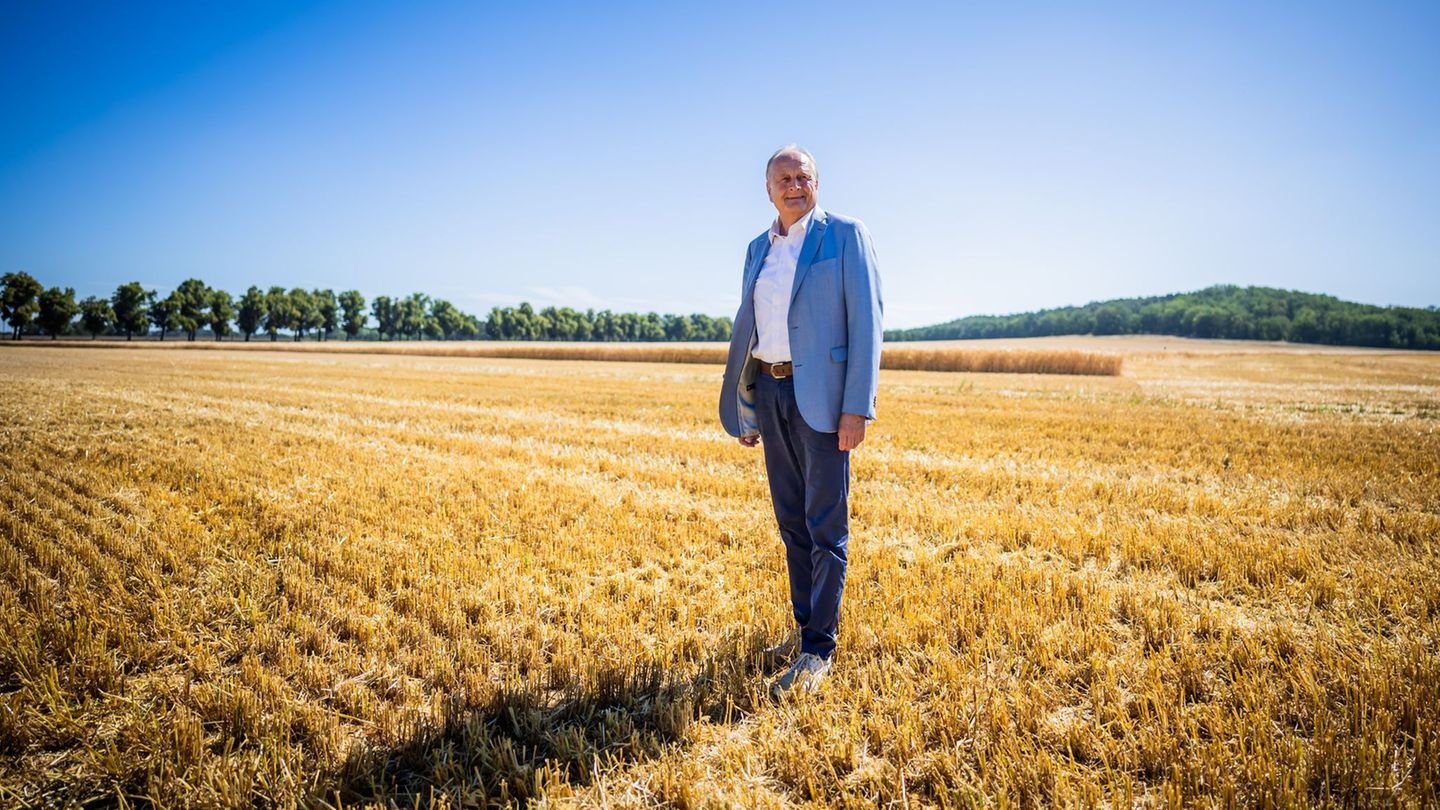Menu
Agriculture: Farmers expect 40 million tons of grain
Categories
Most Read
Tenant complains: “I received a four-figure sum back”
October 10, 2025
No Comments
Prime Deal Days: These offers were particularly convincing
October 10, 2025
No Comments
Prime Deal Days: These offers were particularly convincing
October 10, 2025
No Comments
Low pension: Which age groups get the least
October 10, 2025
No Comments
Tourism in Germany: Almost record level: 339 million overnight stays by August
October 10, 2025
No Comments
Latest Posts

What is said at the tables: Habemus rescatum!, the White House’s consultations with the “Money Doctor” and the prayer for 26-O
October 10, 2025
No Comments
Manager: —Are you sure they called Steve (Hanke)? Lobbyist: —Yes, most certainly, in fact, I can tell you that he already visited, secretlytwice the White

All the matches that will be played this Friday for the 2025 Clausura Tournament
October 10, 2025
No Comments
October 10, 2025 – 10:12 Argentine football does not slow down and this day we will have four intense matches for the local tournament. LPF

the reactions in the world after the award to the Venezuelan opposition leader
October 10, 2025
No Comments
The president of the European Commission Ursula von der Leyen expressed: “Congratulations, Corina (…) This award honors not only his courage and conviction. But every
24 Hours Worlds is a comprehensive source of instant world current affairs, offering up-to-the-minute coverage of breaking news and events from around the globe. With a team of experienced journalists and experts on hand 24/7.

